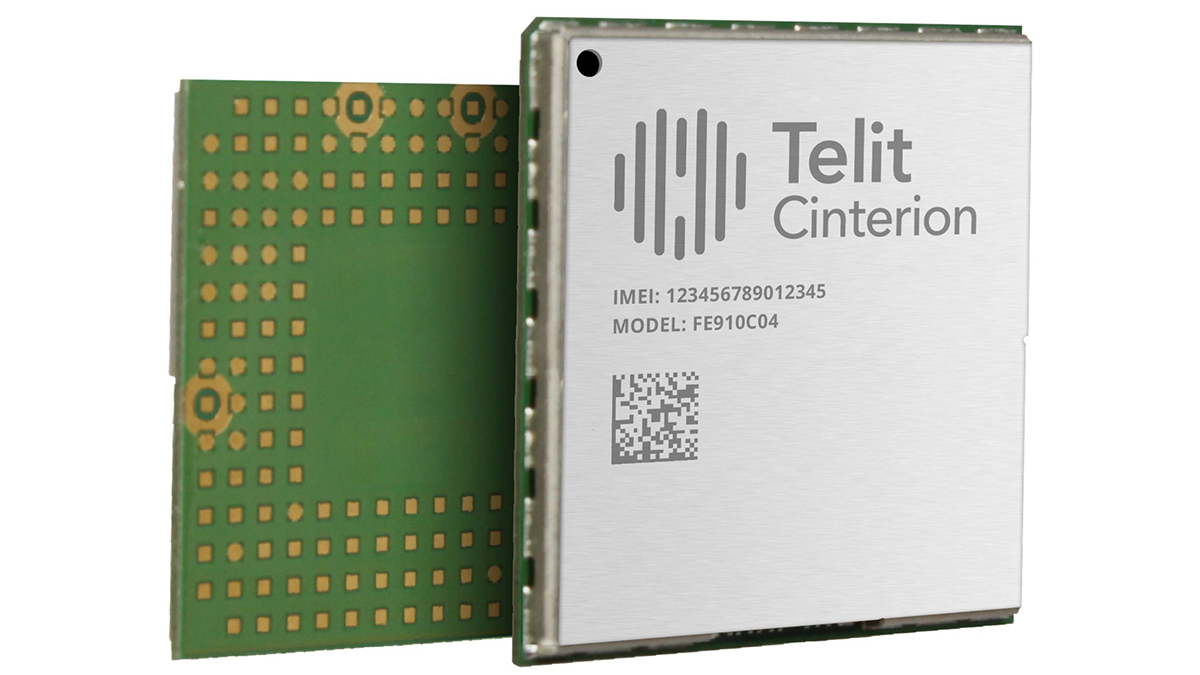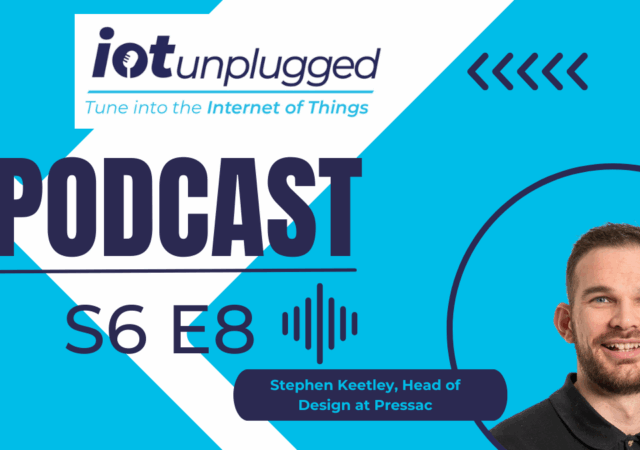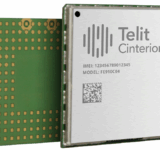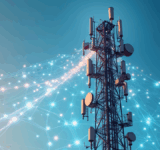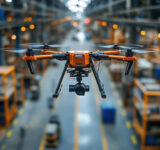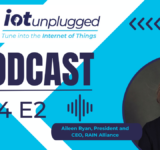5G RedCap bridges the gap between energy-efficient and ultra-fast networks, enabling a new generation of IoT devices. This technology is revolutionising the 5G ecosystem and elevating IoT applications to a new level.
LTE (Long Term Evolution) is an established wireless communication standard that reliably supports applications with medium data rates. However, for ultra-fast or specialised applications, 5G is the better choice. With higher bandwidth and lower latency, 5G enables near-instant data transmission, essential for AR, VR, autonomous driving, and IoT.
5G RedCap, also known as 5G NR-Light, is designed for IoT broadband devices like wearables, video surveillance systems, and industrial sensors. It offers higher data rates and lower latency than LTE Cat 1 or Cat 4 while remaining energy efficient. Performance- wise, RedCap sits between advanced 5G profiles (eMBB, uRLLC) and energy-saving IoT technologies (LTE-M, NB-IoT).
According to Omdia, 5G RedCap modules will account for 18% of total cellular module shipments by 2030. The technology provides an optimal balance of cost, performance, and energy efficiency and is the first 5G technology with energy-saving features (RRM relaxation, DRX). Table 1 outlines the differences between LTE, 5G, and 5G RedCap.
Advantages of 5G technologies
The number of connected devices is continuously increasing, making network capacity more important than ever. 5G and 5G RedCap enable more simultaneous connections without performance loss, ensuring seamless connectivity in smart cities, Industry 4.0, and large-scale events.
Higher data rates and greater bandwidth offer numerous benefits for businesses and consumers. Large files can be downloaded in seconds, and high-resolution videos stream without lag. Applications like AR, VR, and Cloud gaming benefit from smooth performance.
Low latency improves bandwidth efficiency and reduces network congestion, leading to more stable data transmission. This is critical for autonomous vehicles, telemedicine, and industrial automation.
5G RedCap includes special features tailored for industrial applications, such as network slicing, which enables a single network to support various applications with different requirements. It also enhances security and IoT integration. Compared with LTE, RedCap significantly improves uplink performance – crucial for router-gateway applications – and increases efficiency, benefiting battery-powered devices like cameras and telematics units. RedCap devices leverage select 5G capabilities while balancing functionality, cost, and power consumption.
Wide range of applications from wearables to AI
IoT connects physical devices via the internet, and 5G enables real-time control. Smart devices, including wearables and connected vehicles, seamlessly integrate into daily life. 5G RedCap optimises resource utilisation and extends battery life for IoT devices.
The expansion of 5G networks enhances the efficiency and sustainability of not just smart homes but entire cities. Sensors and IoT devices optimise traffic management, energy consumption, waste disposal, and public safety. 5G RedCap facilitates the integration of diverse services on a common platform, enabling cities to use resources more efficiently and improve residents’ quality of life.
Industrial automation relies on sensors, actuators, and control systems to optimise processes. 5G enables real-time transmission of large data volumes, allowing for more precise machine control and monitoring. With RedCap, businesses can further optimise production, reduce energy consumption, and cut operating costs.
RedCap is also a key component of 5G infrastructure in AI and robotics. Real-time data transmission enhances AI system response times, making interactions with robots more efficient.
Conclusion
By combining 5G and 5G RedCap, businesses can develop innovative Industry 4.0 solutions that improve wireless connectivity, optimise production, and unlock new business opportunities. An enhanced version, eRedCap, is set to launch with 3GPP Release 18, offering additional energy-saving potential with a data rate of 10 Mbps/5 Mbps (DL/UL). Commercial availability is expected in 2026. With ongoing IoT innovations, 5G eRedCap modules are projected to account for 18% of cellular module shipments by 2030.
By Luisa Letzgus, Corporate Product Manager Wireless, Rutronik
This article originally appeared in the February 25 magazine issue of IoT Insider.


